Guest writer: Roksana Corswant
It is during a trip to Ireland that my travelling companion and I decide to take the bus from the capital of the Republic of Ireland, Dublin, to the capital of Northern Ireland, Belfast.
The bus journey takes about an hour and fifty minutes, depending on how long it takes at the border. However, it turns out to be easy to cross the border this time, and enter Northern Ireland, which belongs to Great Britain. As the bus pulls into Belfast, the first thing we see are the so-called 'peace walls', which are supposed to separate Protestant areas from Catholic ones. Although the war is long over, sectarian tendencies remain.
We find our way to Starbucks and order a coffee each from the friendly staff. The city feels like any other capital. In peace and quiet, we drink coffee and order lunch, before heading out into the streets of Belfast.
The streets are teeming with people, and the sun has started to peek through the heavy cloud cover. Along the cobbled streets, the walls of the houses are adorned with murals. The murals often depict soldiers, both Catholic and Protestant.
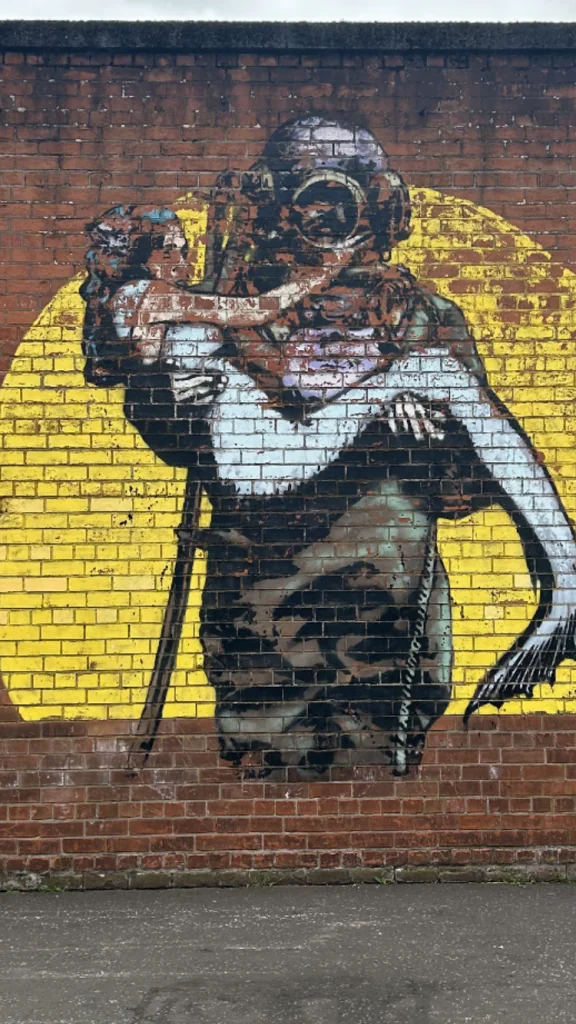
We walk on and enter a shopping street in the centre of Belfast. Here you'll find everything from restaurants and cafés to religious bookshops and churches. The city is surprisingly clean and tidy considering its history, and many buildings look newly built. The post-Civil War revitalisation is evident, while the many murals bear clear witness to the sectarian tendencies that still persist.
There are many police officers on the streets, perhaps because the Protestants are celebrating their feast day, the 12th as it is called. The annual holiday commemorates a historic battle for Protestants that took place in the 17th century, when a Protestant king won a battle over a Catholic king.
In mid-July, protesters start building large bonfires, often burning Irish flags and pictures of Catholic politicians. In a pub, we meet Martin Collins, who worked in the EU and now works for the human rights organisation Pavee Point. He has a lot of experience with the sectarian tendencies that still exist.
-When I was young, crossing the border into Northern Ireland was a life-threatening experience. But now it's calmer. But it's in mid-July when the Protestants celebrate that things can get violent.
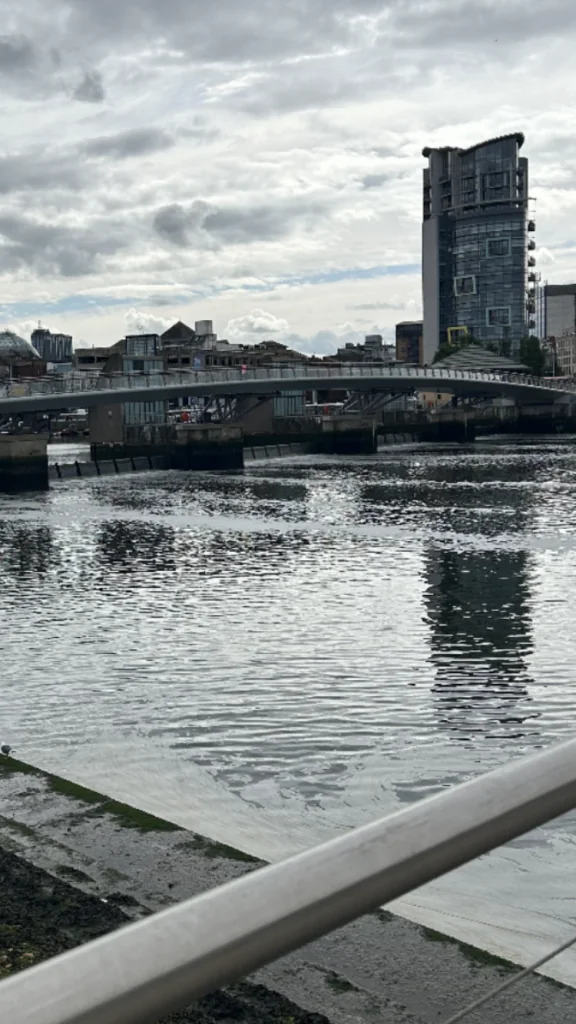
How are these celebrations affecting society as a whole?
-There are sectarian tendencies, but when flags, pictures of the Pope or pictures of politicians are set on fire, it is perceived as evil. By both sides. No one feels good about living by peace walls and so segregated.
But while Mr Collins talks about many problems, he also highlights how far both Ireland and Northern Ireland have come.
-"The Republic of Ireland has been very poor for centuries, but we have gone from being a country that needed financial support from other countries, to now being a country that can proudly give financial support to other countries in the world. Let's not forget how far we have come, even in Northern Ireland," said Mr Collins.
After the meeting with Martin Collins, we buy light snacks in the form of fish and chips, and then go out on the streets of Belfast again. We pass several schools, here in Northern Ireland most children go to segregated girls' and boys' schools that are mostly governed by the respective church. As we walk through the city we come across the occasional nun.
The town has many shops, from bookshops to clothes shops. We go to Jady's Sport, which offers a wide range of training clothes and equipment. I ask the staff if they usually get a lot of tourists, and she tells me that tourism in Northern Ireland has picked up since the end of the civil war. The mild climate and coastline, the landscape and the rich history of the country attract tourists, she believes.
After another walk we arrive at Belfast Marina. There is a nice footpath by the water and sailboats bobbing along the quay. In the background you can see the green hills.
After a while we arrive at one of the city's most popular attractions - the Titanic museum. The building fades with hills and he in the background. Along the quay there are sailing boats. We decide to take a tour of the museum which turns out to be beyond all expectations. It has all the information about the Titanic and its passengers, both old and young. In the large building there are several different departments with information about the ship and its passengers.
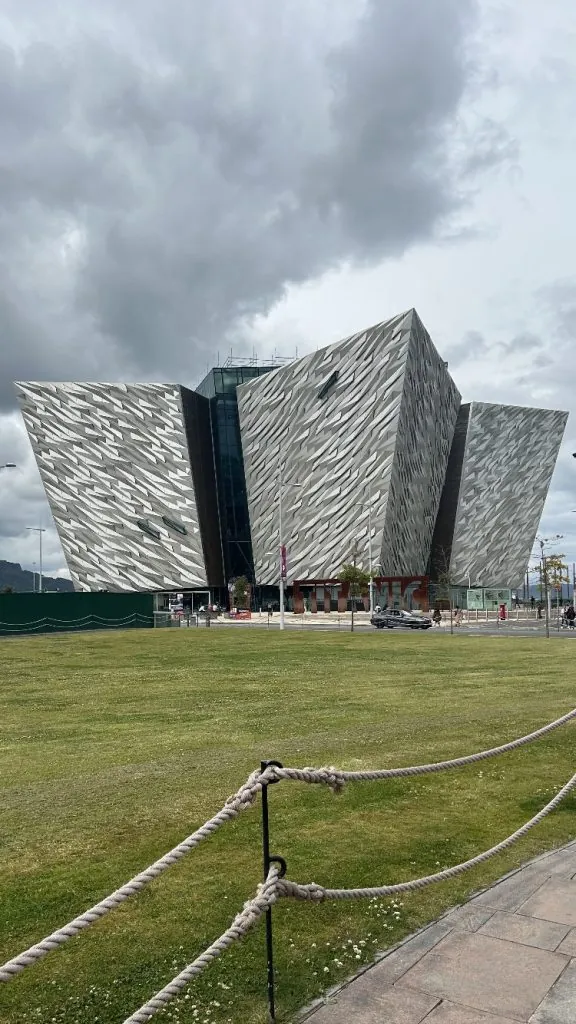
Once we're done with the museum, we walk back towards the city centre and the bus stop. Before we get on the bus back to Dublin, we go to the famous Hotel Europa, which is very busy. We each order a drink and toast to a very successful day in Northern Ireland's capital.


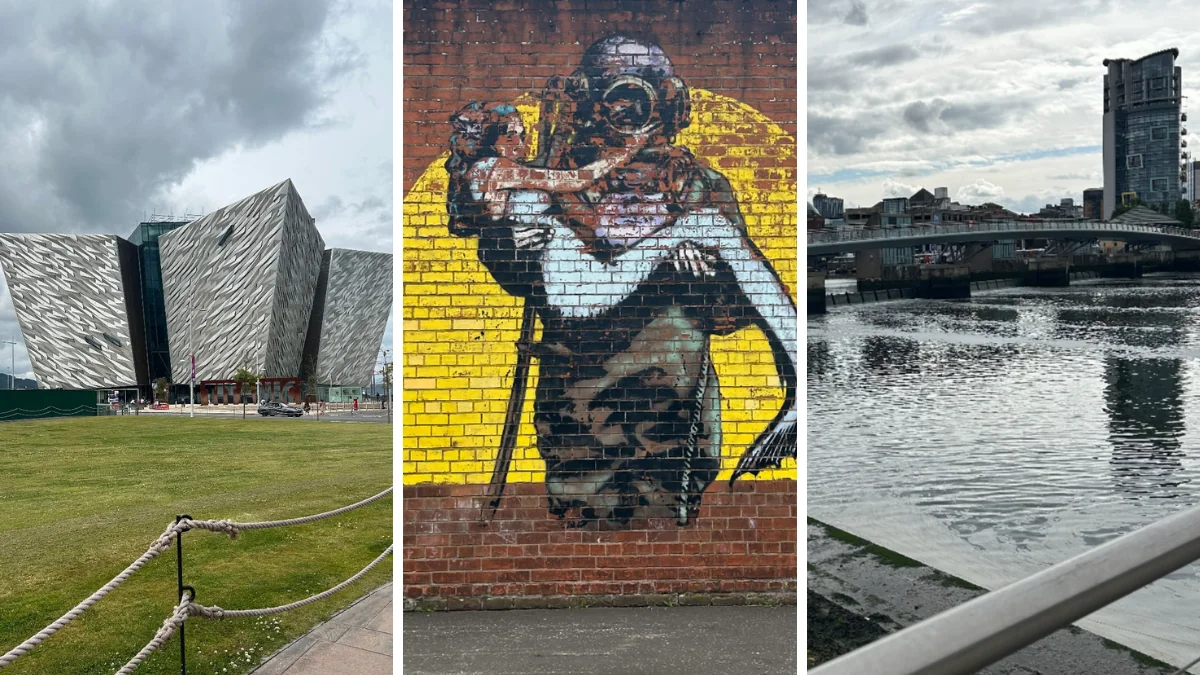






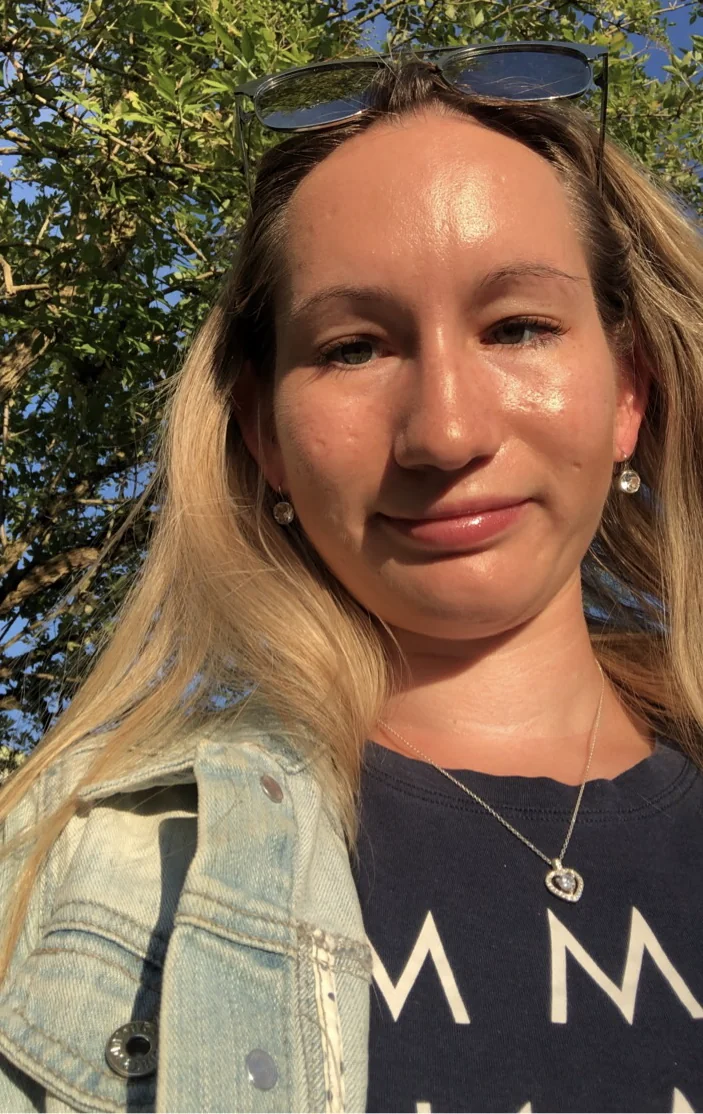
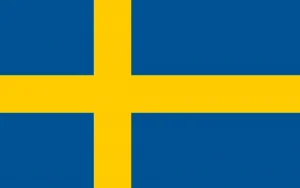
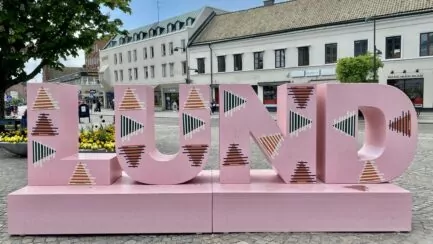
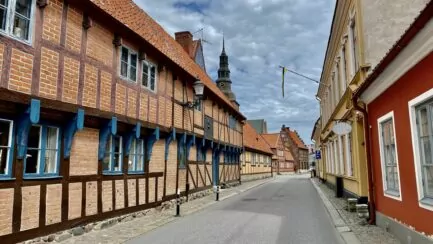
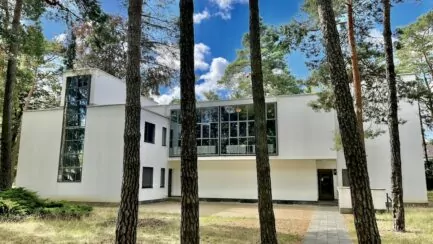
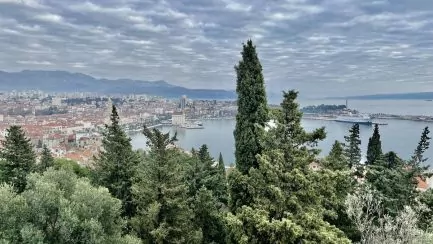
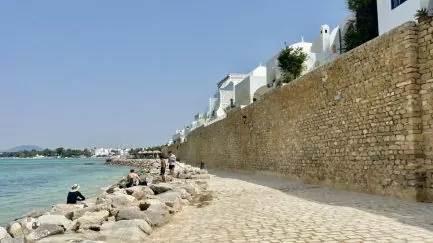



Lena in Wales and a bit everywhere says:
Interesting reading.
I've spent quite a lot of time in Northern Ireland and Belfast and have friends there.
Were you in the different neighbourhoods of what is commonly called Catholic and Protestant? There are many answers to questions. Even answers to why they had murals.
It is not only religions that make the difference. There are also class issues that are important, I think.
The Titanic museum is amazing and shows so well the history of Belfast.
A very interesting and exciting city.
Have a nice weekend!
24 August 2024 - 10:49